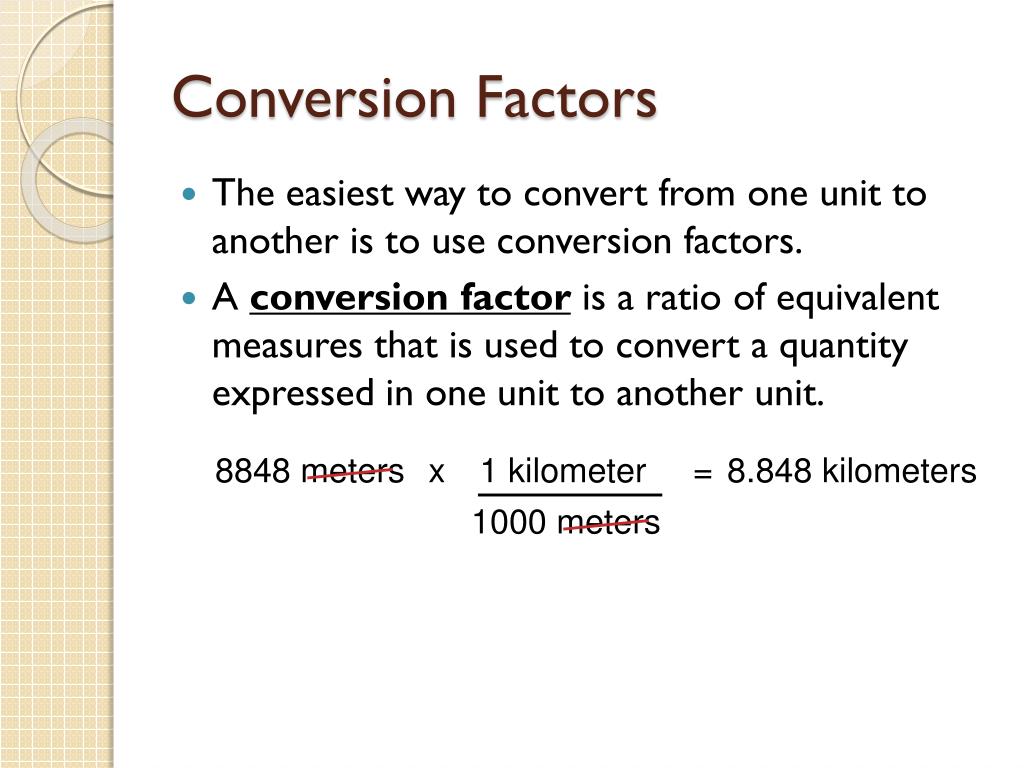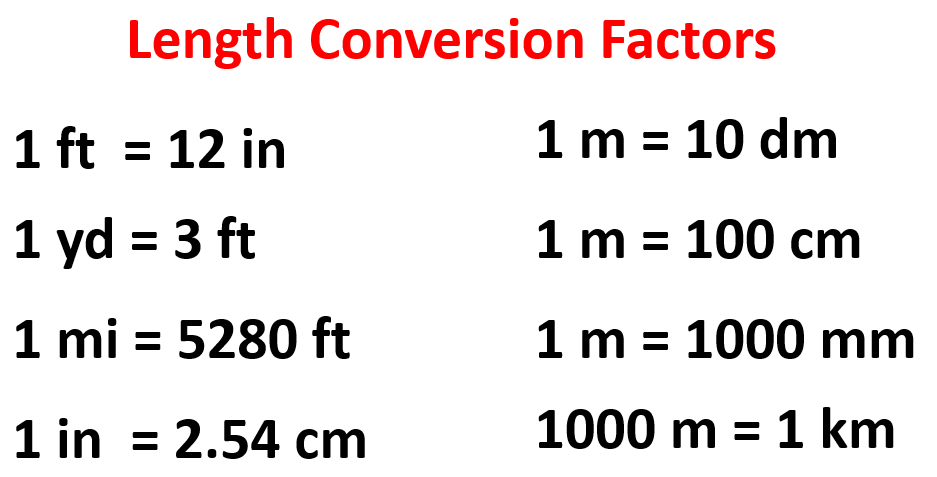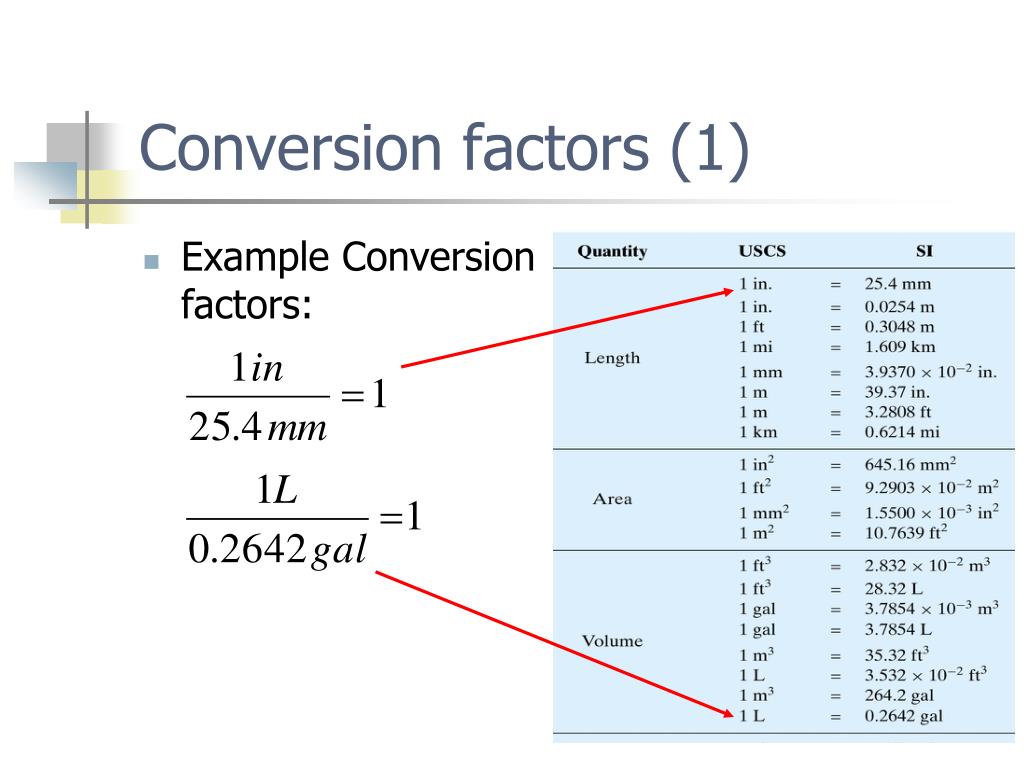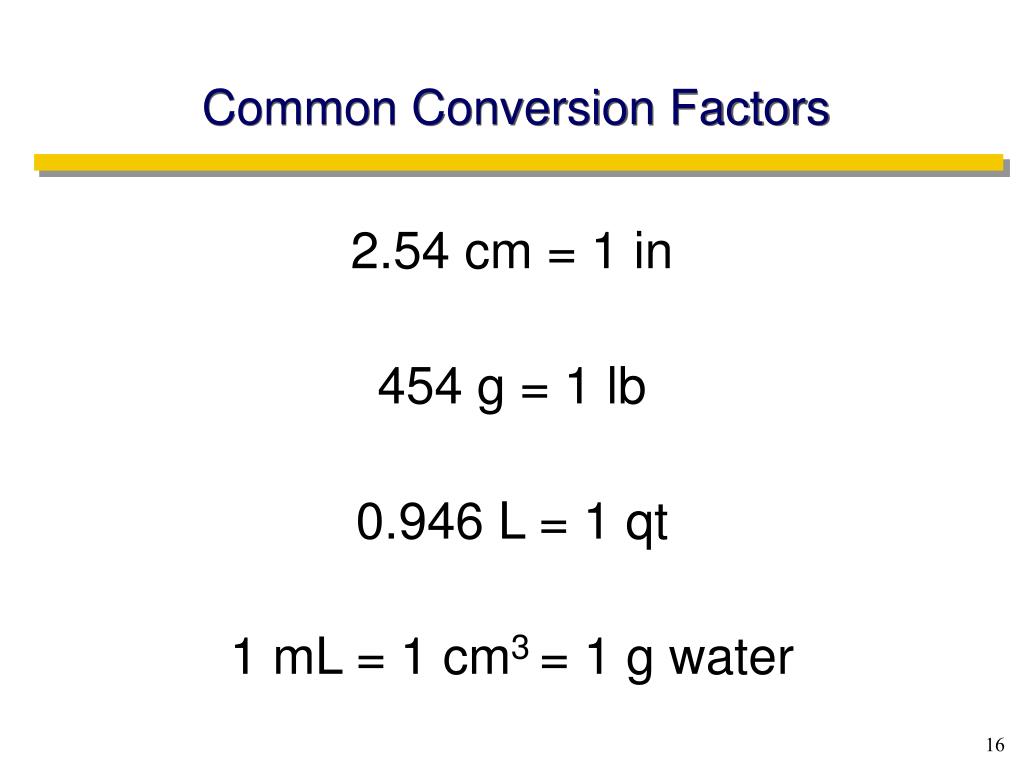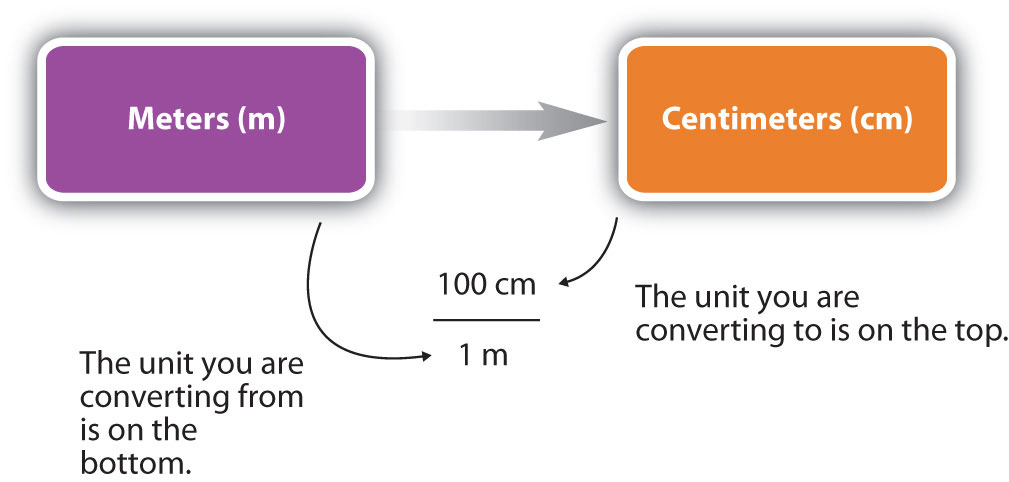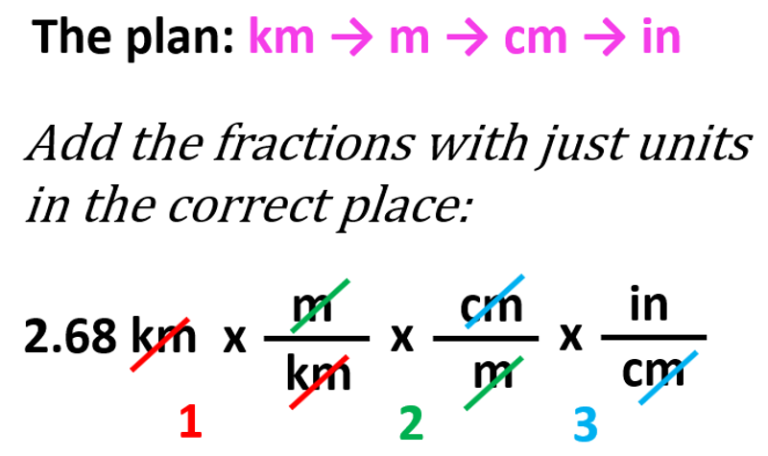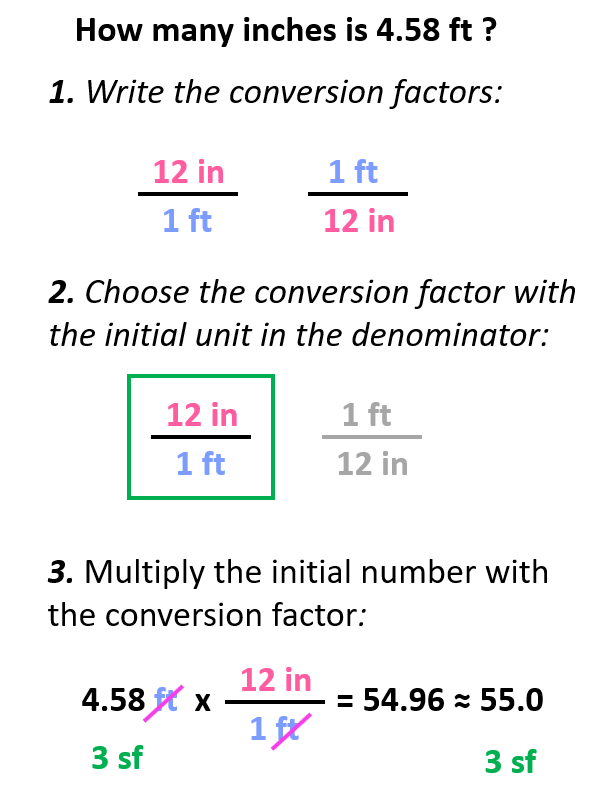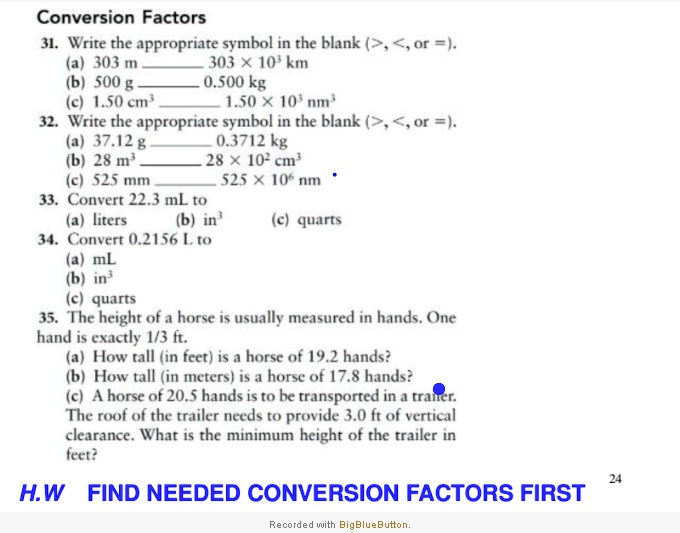Which Of The Following Conversion Factors Is A Measured Number
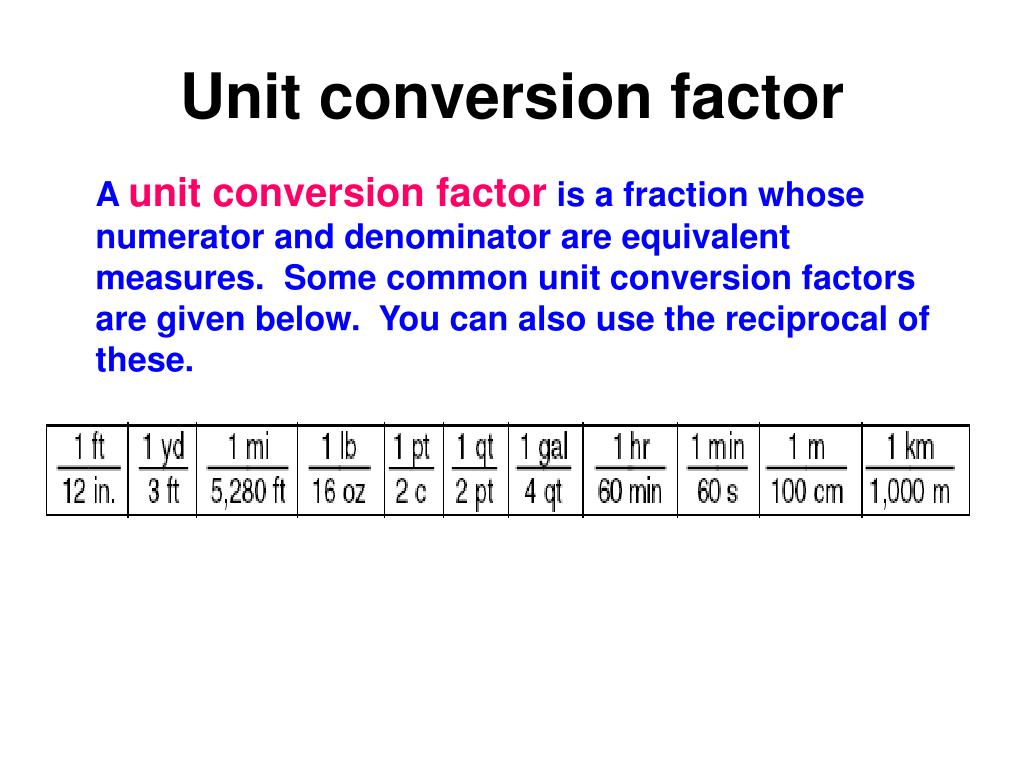
Urgent scientific debate grips educators and students nationwide: Is a conversion factor a measured number or a defined one? Confusion surrounding this fundamental concept is impacting accuracy in calculations across multiple disciplines, demanding immediate clarification.
The controversy centers on distinguishing between numbers obtained through direct measurement and those established by definition. This distinction is critical for accurately propagating uncertainty in scientific calculations, affecting everything from chemistry to engineering.
The Core Issue: Measurement vs. Definition
A measured number inherently carries uncertainty due to the limitations of the measuring instrument and the observer. Defined numbers, on the other hand, are exact and free from uncertainty because they are established by agreement or definition.
Conversion factors are used to convert one unit of measurement to another. The critical question is whether the numbers involved in these conversions are derived from direct measurement or are predefined relationships.
Examples of Defined Conversion Factors
Consider the conversion factor between inches and feet: 1 foot = 12 inches. The number 12 is defined; there's no measurement involved in establishing this relationship.
Similarly, 1 meter = 100 centimeters is a defined relationship. These relationships are exact and do not contribute to uncertainty in calculations.
The conversion between seconds and minutes, 1 minute = 60 seconds, is another example of a defined relationship. The number 60 is a precise value established through convention.
Examples of Measured Conversion Factors
However, certain conversion factors are based on measurement. One prominent example is the conversion between atomic mass units (amu) and grams.
The relationship between an amu and a gram is experimentally determined and therefore carries uncertainty. This uncertainty must be accounted for in precise calculations involving atomic masses.
Another example involves conversions based on physical constants, such as the speed of light. While the speed of light (c) is a defined constant in SI units, its experimental determination was a measurement.
The Impact on Calculations
Failing to differentiate between defined and measured conversion factors leads to incorrect uncertainty analysis. Treating a defined number as a measured number artificially inflates uncertainty.
Conversely, ignoring the uncertainty in a measured conversion factor underestimates the overall uncertainty in the result. This is particularly crucial in fields demanding high precision, such as pharmaceuticals and aerospace engineering.
Expert Opinions
“The key is traceability to the original definition or measurement,” stated Dr. Emily Carter, a renowned professor of chemistry at MIT. “If the conversion factor originates from a measurement, it's crucial to propagate its associated uncertainty.”
Dr. David Lee, a physicist at Caltech, added, "Understanding the source of the conversion factor is fundamental to accurate scientific reporting. Students and professionals alike need clear guidelines."
Dissemination of Information and Corrective Actions
Several organizations are taking steps to address this confusion. The National Institute of Standards and Technology (NIST) is updating its online resources to provide clearer guidance on conversion factors.
Educational institutions are revising their curricula to emphasize the distinction between defined and measured values. Textbooks are being updated to reflect best practices in uncertainty analysis.
Professional societies are also offering workshops and training sessions to help scientists and engineers improve their understanding of uncertainty propagation.
Ongoing Developments
NIST is currently working on a comprehensive database of conversion factors, explicitly categorizing them as either defined or measured. This resource aims to reduce ambiguity and promote consistency in scientific calculations.
A collaborative effort between universities and industry is underway to develop software tools that automatically account for uncertainty in conversion factors. This will streamline calculations and minimize human error.
The scientific community is calling for increased collaboration between metrologists, educators, and practitioners to ensure consistent application of these principles across all disciplines.
This issue requires immediate attention to prevent propagation of errors in critical scientific and engineering calculations. The distinction between defined and measured conversion factors is not merely a theoretical exercise, but a practical necessity for ensuring accuracy and reliability in all fields.
